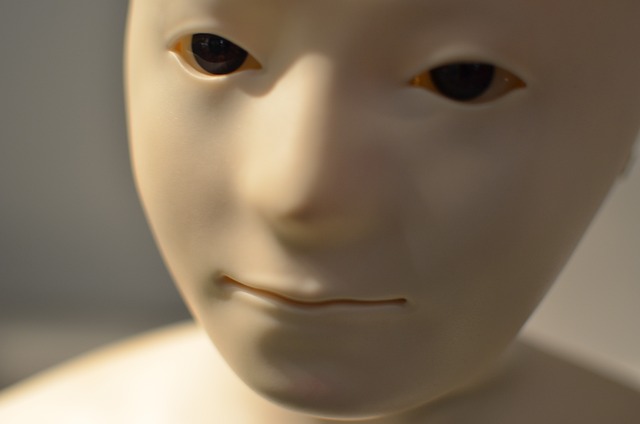In recent years, the rapid advancements in technology have paved the way for humanoid robots to increasingly become part of our everyday lives and businesses. This evolution represents a significant shift in how we interact with machines, blending the realms of robotics and artificial intelligence. It’s not just about complex algorithms or intricate mechanical parts; it’s about creating an interaction that feels natural and intuitive for users.
Humanoid robots are designed to mimic human behaviors and characteristics, allowing them to facilitate smooth communication and collaboration in business environments. Imagine walking into an office where a humanoid robot greets you at the door, offering you a personalized welcome. It’s not merely a gimmick—these robots can leverage artificial intelligence to learn about your preferences and tailor their interactions accordingly. This means that they can function as receptionists, customer service agents, or even collaborative partners in brainstorming sessions, making a significant impact on the overall efficiency of business operations.
As automation becomes a cornerstone of contemporary business models, the integration of humanoid robots introduces a layer of sophistication. Companies can now automate mundane tasks while freeing up their human workforce to focus on more creative and strategic endeavors. For instance, a humanoid robot might handle data entry or inventory management, allowing employees to engage in high-level decision-making. This not only boosts productivity but also enhances job satisfaction as people are liberated from tedious responsibilities.
The emotional aspect of interacting with humanoid robots cannot be understated. These machines can be designed to understand and respond to human emotions, creating a sense of empathy that enhances user experience. A humanoid robot programmed with emotional intelligence can respond to frustration, anxiety, or joy, making each interaction feel more personalized. This is particularly valuable in industries such as healthcare, where robots can provide companionship to patients and offer support in stressful situations.
Furthermore, the potential applications for humanoid robots in various industries are vast. From retail, where they can assist customers by guiding them to products or providing information, to hospitality, where they can serve food and drinks with a smile, the possibilities are endless. Businesses can leverage these robots not only to enhance operational efficiency but also to improve customer engagement and satisfaction levels.
However, the introduction of humanoid robots into the workplace does raise important ethical questions. As we become more reliant on machines for interactions that were once solely human-driven, an underlying concern is how this will affect the workforce. Will jobs be lost? Or can these robots be seen as collaborators rather than competitors? Addressing these questions is essential as we navigate the future landscape of business and technology.
As we embrace the integration of humanoid robots in business settings, it’s essential to focus on developing relationships built on trust and understanding between humans and machines. Striking the right balance between technology and human touch will ultimately dictate the success of this transition. By capitalizing on the strengths of both, businesses can create environments where efficiency meets empathy, paving the way for a groundbreaking future in robotics and artificial intelligence.



